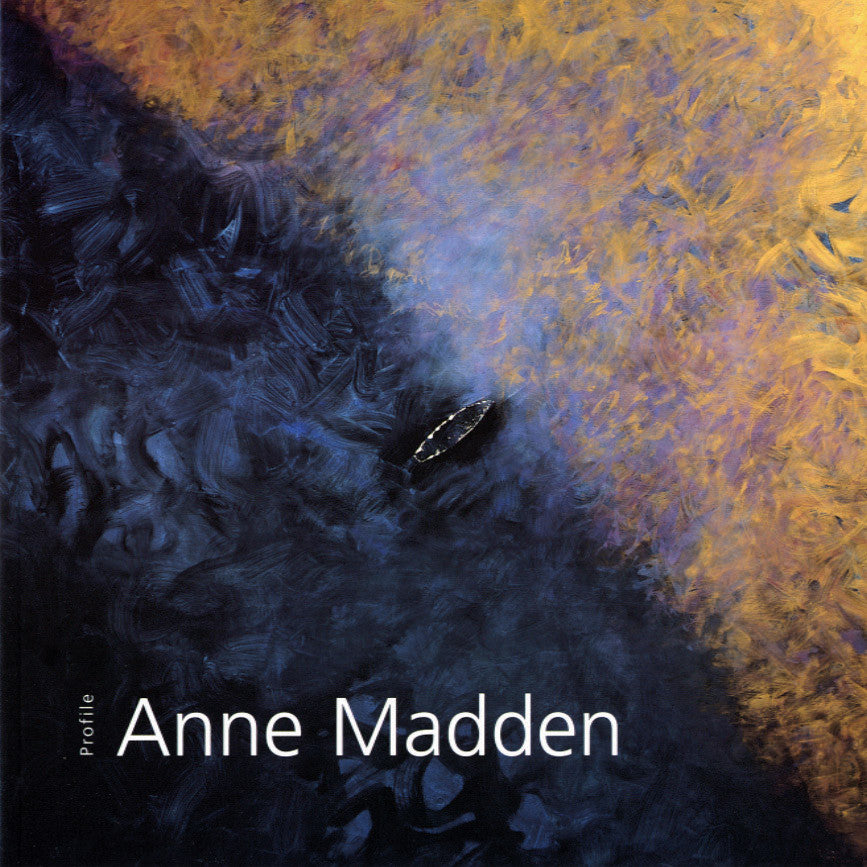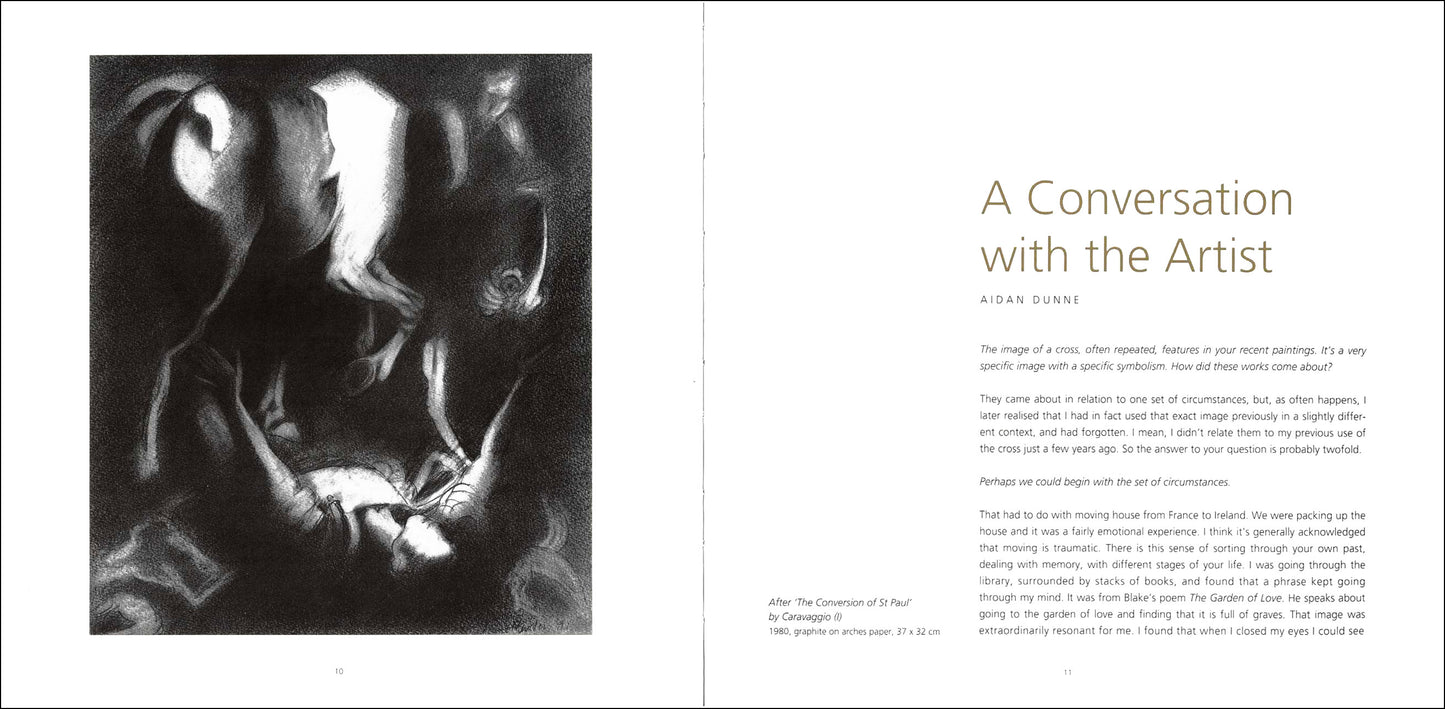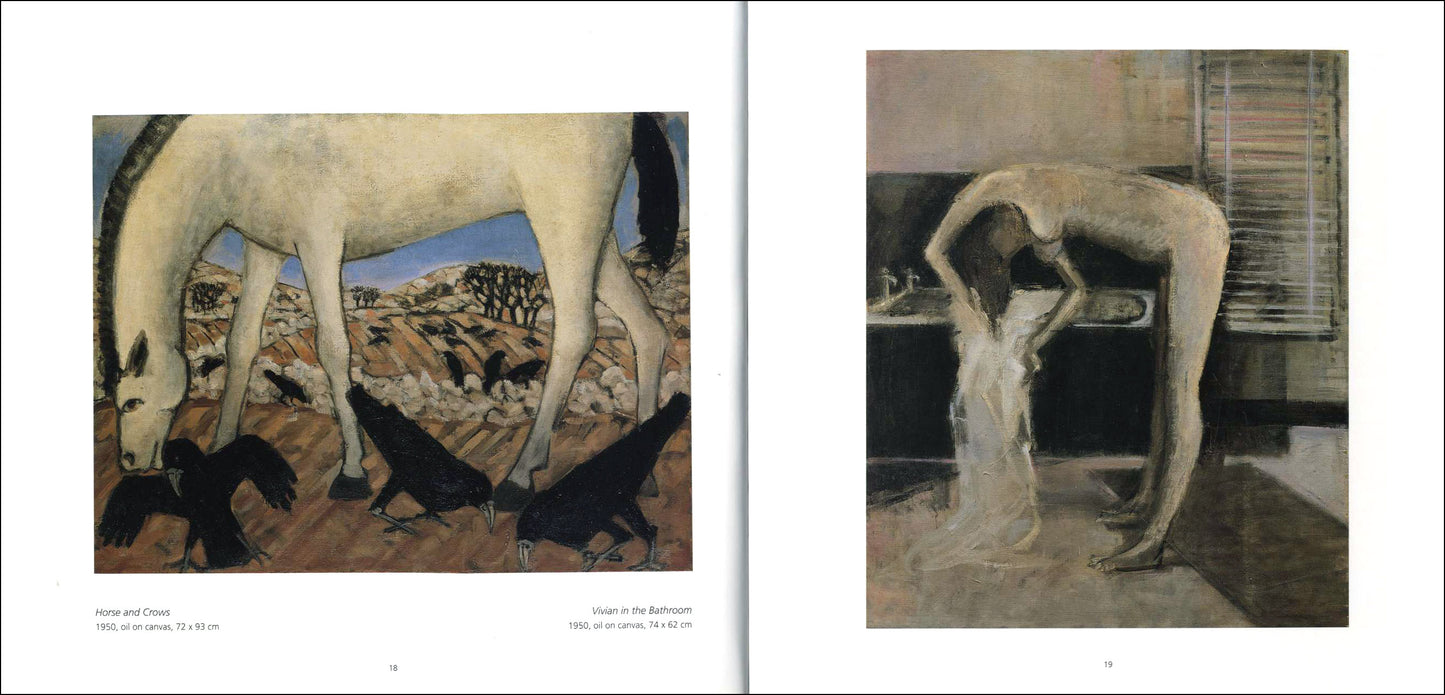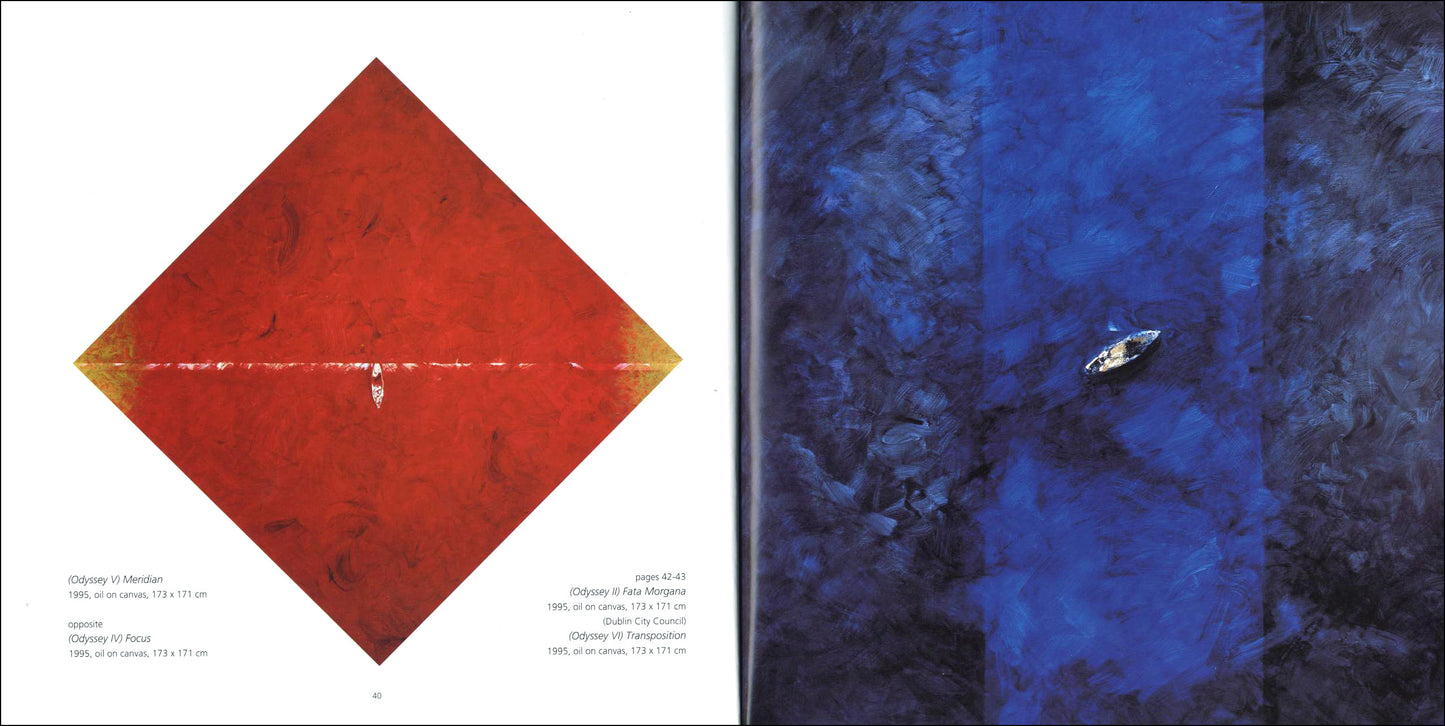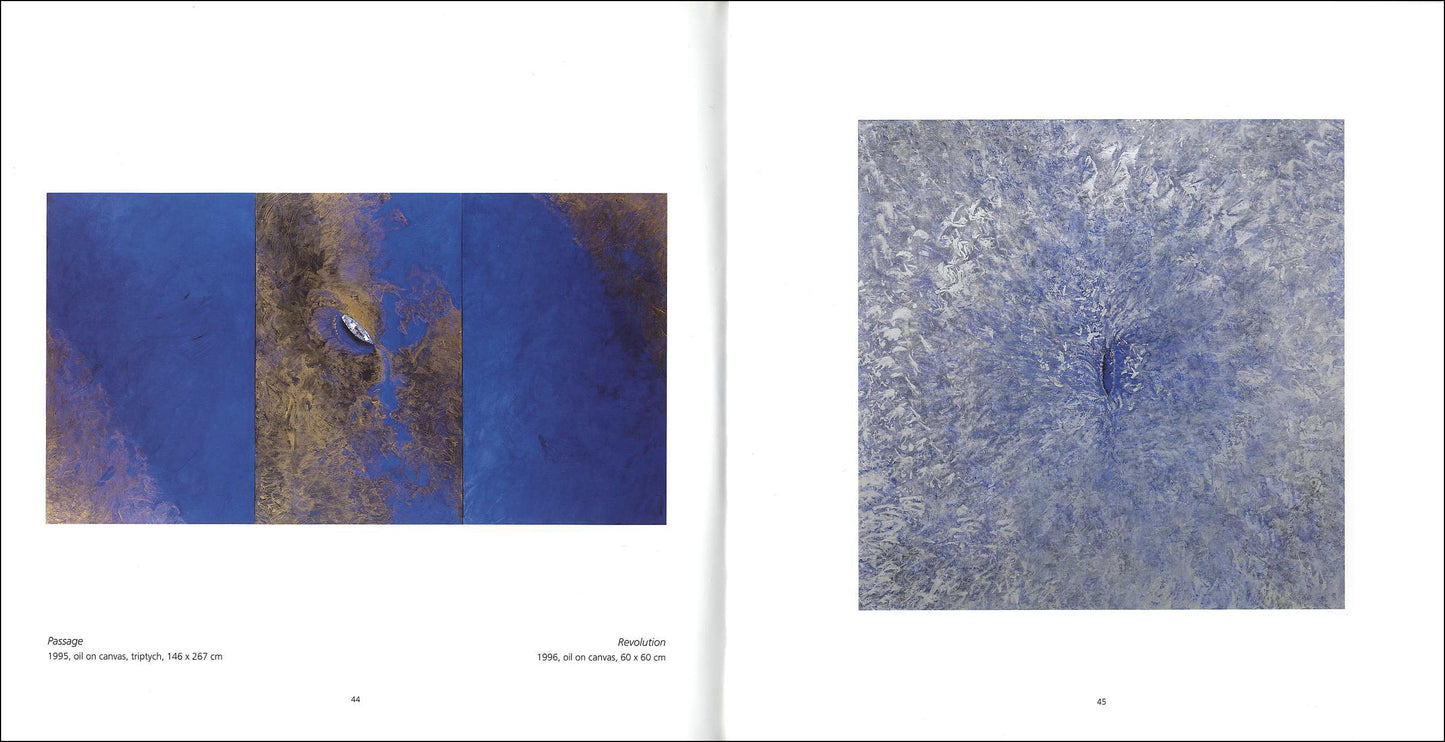Gandon Editions
Profile °16 – ANNE MADDEN
Profile °16 – ANNE MADDEN
Couldn't load pickup availability
Share
essay and interview by Aidan Dunne
ISBN 978 0946846 863 60 pages (paperback) 22.5x22.5cm 42 illus
Anne Madden provides the viewer with both a way into her paintings as well as an ‘ethical’ space which allows the viewer room to breath and engage with the work. Aidan Dunne describes her ‘dark’ and ‘light’ spaces in conjunction with her use of narrative, motifs, image iconography and texture, evident in her various series of works, including the Burren paintings, the Elegy, Megalith and Menhir series, the Garden of Love series and the Pompeiian work. Madden explains how images develop in her mind and often how difficult it can be to paint them. This then paves the way for a voyage of discovery as she begins to realise her imagination in a painting. She speaks of her art training and the inspriations behind the various series. She talks of her move to France, the contrasting landscapes, why she occasionally prefers to draw, the appeal of working at a large scale, and why certain motifs regularly appear in her work.
EXTRACTS
"Throughout the years, Anne Madden’s paintings have usually given us something to hang onto in the form of a series of motifs and subjects, but they have also consistently sought to achieve a sense of what might be described as a generative space. As with Antonioni’s films, this space of flux and possibility, envisaged in various ways, entails a necessary degree of abstraction and, on occasion, a narrative incompleteness. When she refers to a narrative – in the form of a myth or otherwise – it informs the painting, but the painting is not an illustration of the narrative. The narrative is, as she puts it, something to hang the painting on, which is of course another way of saying that the narrative is something for us, the viewers, to hang onto. It provides a way into the painting. It is as though the painting has to maintain a certain lack of representational definition to allow us room to breathe. Her characteristic pictorial template can be described in terms of, for example, an engagement with figure and ground, or, if you prefer, motif and context, but always balancing one with the other, never letting one become dominant enough to close the other down. The ground is never just a passive backdrop; it is always active, and sometimes, as if to underline the point, a painting’s nominal motif will be implicit within it. What might be called a quality of openness has to be continually renegotiated, even fought for, and maintained."
— from the essay by Aidan Dunne
"Painting is an attempt at a kind of magical transformation. The alchemical process is a useful allegory, as is the myth of Icarus. He tries to go too far, to reach the sun. I see him as an artist figure. I was thinking about the state of painting when I was making these two series of works, the odyssey and the Icarus pieces. They are very much an affirmation of painting. Painting has been largely marginalised – in terms of the reigning orthodoxy in the international museum world – in favour of post-conceptualism. But marginalisation is not altogether unhealthy for painting. It can go underground. I’m ambitious for painting, and I feel strongly about the infinite possibilities of paint as a medium. I was reflecting the other day that once you have a concept, you have a problem, which poses the question, and the question then re-poses itself in a dynamic way. For instance, Malevich posed a question by painting a black square – a concept which posed the question of painting itself – at about the same time that Duchamp did his found object and posed a similar question of art per se. To my mind, the question Malevich posed went on through the 20th century with the painters who continually questioned its possibilities, its relevance, maintaining painting in a restless, dynamic state."
— Anne Madden in conversation with Aidan Dunne
|
CONTENTS Spaces of Flux and Possibility essay by Aidan Dunne 4-9 A Conversation with the Artist interview by Aidan Dunne 10-16, 53-55 COLOUR PLATES 17-52 Artist’s biography |
